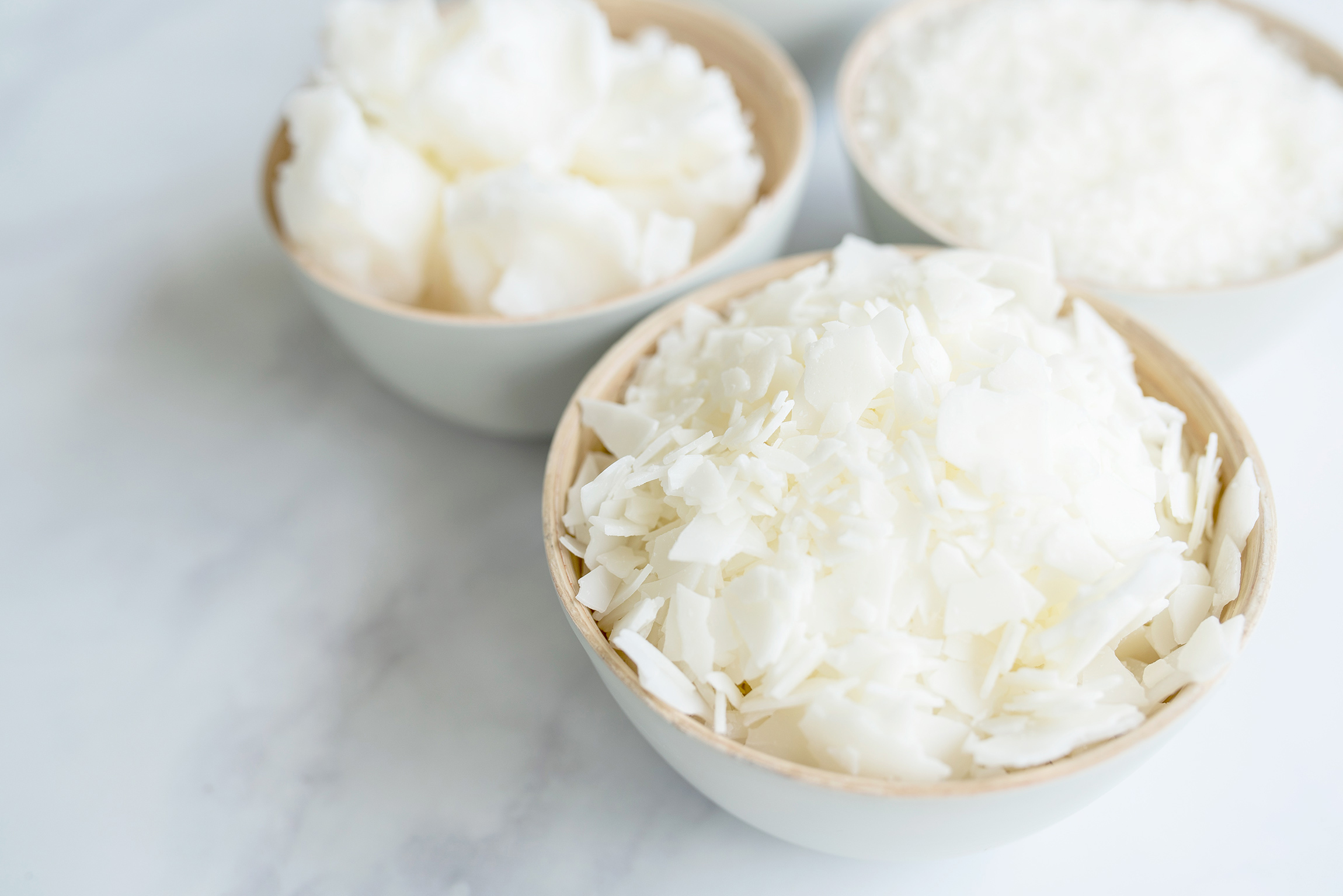Raise Your Space with Costs Soy Wax Candles and Home Fragrance
Raise Your Space with Costs Soy Wax Candles and Home Fragrance
Blog Article
From Wick to Wax: Recognizing the Chemistry Behind Soy Wax Candles and Their Environmental Impact
As we brighten our areas with the cozy glow of candles, there exists a realm of complex chemistry behind the seemingly simple act of lighting a soy wax candle light. The option in between soy and paraffin wax prolongs past simple visual appeals, diving right into the realm of environmental impact and the really structure of the products. Comprehending the molecular framework of soy wax and its combustion process sheds light on the discharges launched into our surroundings. Join us as we decipher the scientific details behind soy wax candles and discover their ramifications on our setting.
Soy Wax Vs. Paraffin Wax
When comparing soy wax and paraffin wax for candle making, it is essential to understand the distinct attributes and benefits of each material. Soy wax is a natural, eco-friendly source acquired from soybean oil, making it naturally degradable and eco-friendly - candles. In comparison, paraffin wax is a by-product of petroleum refining, which elevates problems regarding its ecological influence and sustainability
Soy wax candles shed cleaner and discharge less soot contrasted to paraffin wax candles, making them a healthier choice for indoor air high quality. In addition, soy wax has a reduced melting point, allowing for a longer-lasting candle that disperses scent more effectively. Paraffin wax, on the other hand, tends to shed faster and less cleanly, potentially releasing harmful chemicals into the air.
From a sustainability point of view, soy wax is preferred for its biodegradability and renewable sourcing, lining up with the growing consumer preference for environmentally conscious products. While paraffin wax has actually been a traditional selection in candle making as a result of its cost and ease of usage, the shift towards eco-friendly options like soy wax is getting energy in the industry.
Chemical Make-up of Soy Wax

Combustion Process in Soy Candles
The chemical structure of soy wax straight influences the combustion process in soy candle lights, influencing variables such as burn time, scent release, and ecological influence. When a soy candle light is lit, the warmth from the fire melts the wax near the wick. This liquid wax is then formulated the wick due to capillary activity. As the fluid wax gets to the fire, it undergoes and vaporizes burning. The combustion process entails the vaporized hydrocarbons in the wax responding with oxygen in the air to generate warmth, light, water vapor, and carbon dioxide.
The combustion performance of soy candles is affected by the pureness of the soy wax and the high quality of the wick. A clean-burning soy candle with an effectively sized wick will certainly create a steady fire and decrease soot formation. This not only extends the burn time of the candle but likewise boosts the launch of fragrances. Furthermore, soy wax candle lights have a lower environmental impact compared to paraffin candles because of their renewable and eco-friendly nature.

Ecological Benefits of Soy Wax

Taken into consideration a lasting option to standard paraffin wax, soy wax supplies noteworthy ecological advantages that make it a popular selection amongst eco-conscious customers. One considerable advantage of soy wax is its eco-friendly sourcing. Soy wax is obtained from soybean oil, which is mainly grown in the USA. The farming of soybeans aids sustain local farmers and decreases the reliance on non-renewable fossil fuels used in paraffin wax manufacturing. Additionally, soy wax is biodegradable, implying it damages down naturally without releasing damaging contaminants into the atmosphere. This particular makes soy wax candles an extra ecologically pleasant option contrasted to paraffin wax candles, which are made from oil, a non-renewable source. Furthermore, soy wax burns cleaner and produces much less residue than paraffin wax, contributing to far better interior air quality and reducing the requirement for cleaning and maintenance. In general, the ecological benefits of soy wax line up with the expanding demand for sustainable and green products out there.
Recycling and Disposal Factors To Consider
Reusing and proper disposal of soy wax candles play an essential function in preserving ecological sustainability and minimizing waste in neighborhoods and houses. When it involves recycling soy wax candle lights, the very first step is to ensure that the candle light has burned totally. This can be achieved by enabling the candle to melt until the wick is no longer functional, and after that allowing the staying wax cool and solidify. When the wax has solidified, it can be meticulously eliminated from the container.

In terms of disposal, if recycling is not an option, soy wax candles are biodegradable and can be securely disposed of in most household waste systems. It is constantly recommended to examine with neighborhood reusing centers or waste monitoring services for details guidelines on candle disposal to guarantee correct handling and ecological defense.
Conclusion
In final thought, the chemistry behind soy wax candle lights exposes their environmental benefits over paraffin wax candles. Soy wax, acquired from soybean oil, burns cleaner and generates much less soot when contrasted to paraffin wax.
When contrasting soy wax and paraffin wax for candle making, it is vital to comprehend the unique attributes and advantages of each product (home fragrance).Soy wax candles melt cleaner and discharge much less soot contrasted to paraffin wax candle lights, making them a healthier option for interior air top quality.Thought about a lasting alternative to typical paraffin wax, soy wax provides remarkable ecological advantages that make it a popular option among eco-conscious consumers. Soy wax burns cleaner and creates less soot than paraffin wax, adding to better interior air high quality and minimizing the need for cleaning and maintenance.In conclusion, the chemistry behind soy wax candles exposes their ecological benefits over paraffin wax candles
Report this page